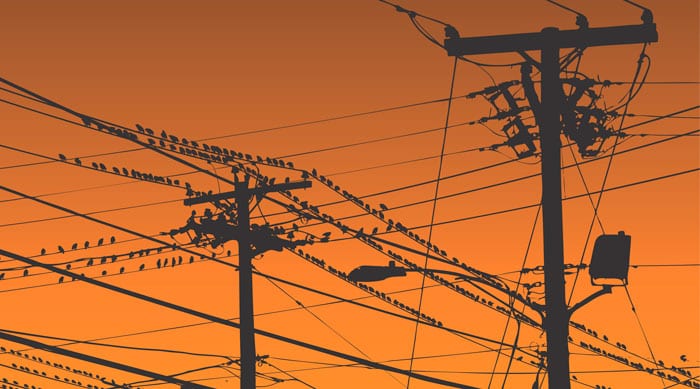UK Power Networks launches new flexibility tender
UK Power Networks has taken another major step in its evolution into a distribution system operator (DSO) with the launch of a new tender for flexibility services.
18th August 2017 by Networks

Up until now, flexibility services have been almost exclusively utilised at a national level and have rarely been procured to support local power grids.
“Flexibility shows that we are not just talking about what the future holds for distribution networks, but we are delivering on it.”
The distribution network operator (DNO) says the contracts will enable the more efficient use of existing network infrastructure and assets – lowering costs for customers – as well as increasing the resiliency of power supplies and creating a new source of income for generators, storage providers, major energy users and demand side response aggregators.
“The way we generate, distribute and consume electricity is changing and we are making sure that UK Power Networks is in a great place to make the most of the opportunities this transformation offers,” said UK Power Networks director of asset management, Barry Hatton.
“Flexibility shows that we are not just talking about what the future holds for distribution networks, but we are delivering on it.”
The company has invited operators of distributed energy resources (DER) to submit expressions of interest in providing up to 35.4MW of flexibility across ten locations across the East and South East of England. The tender will mark the first time UK Power Networks procures flexibility services outside of an innovation project.
The launch document states that participants must be able to “deliver and manage, upon UK Power Networks’ request, a net reduction in the load or an increase in the export, as seen by the distribution network”.
Although there are no restrictions on the scale of sub-sites for aggregated portfolios, all contracted resources should be capable of providing at least 500kW of flexibility. However, the firm said it will consider contracting will smaller resources “depending on the characteristics of flexibility in each area”.
The tender round will seek to procure services for delivery over this winter – starting in January 2018 – and the winter of 2018/19. To register an interest in the tender and apply for pre-qualification, parties must complete an online questionnaire by 8 September.
UK Power Networks will invite, accept and then assess the tenders over a seven weeks period beginning in early October, before revealing the results on 20 November.
The company plans to hold further tenders in future as it makes the contracting of flexibility services part of business as usual and has provided a forecast for requirements over the next four years.
The latest move follows the launch by UK Power Networks and National Grid of a new active network management scheme to boost grid capacity in the South East of England in June. Both developments form part of UK Power Networks’ shift towards becoming a DSO as described in its Future Smart strategy published last month.
The Energy Networks Association kicked-off a consultation this week on how best to create markets to enable DER to provide flexibility to the power grid.
Comments
Login on register to comment
Related content

Power
The future for vegetation management
Why networks should focus on data not trees to overcome the costly challenges involved in vegetation management

Power
An unprecedented opportunity for change
Why short interruptions will matter in RIIO-ED2 and how to address them.

Power
Time for less talk and more action on decarbonisation
Core "oven-ready" solutions to decarbonising heat and transport exist today and should be implemented without delay, says WPD's future power networks expert.
Related supplier content
![‘Learning by doing’ on the road to net zero [test product]](https://networksonline.s3.amazonaws.com/products/images/3.jpg)
People & Skills
‘Learning by doing’ on the road to net zero [test product]
DSO director Andrew Roper discusses 'Learning by doing'

Power
Load patterns and lockdown: how Covid-19 is impacting electricity networks
Insights into dynamics on the low voltage network as the outbreak unfolds

Downloads
Protect electrical equipment from insulation failure
Insulation faults are a major cause leading to the eventual failure of electrical equipment. Partial discharge (PD) is a very reliable indicator of developing insulation faults. Regular PD testing allows users to detect and analyze PD activity